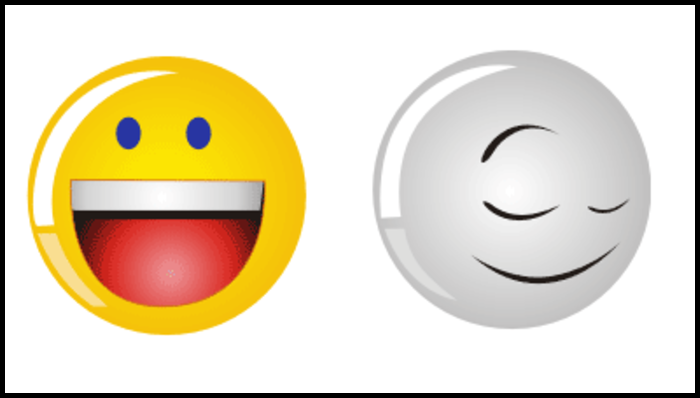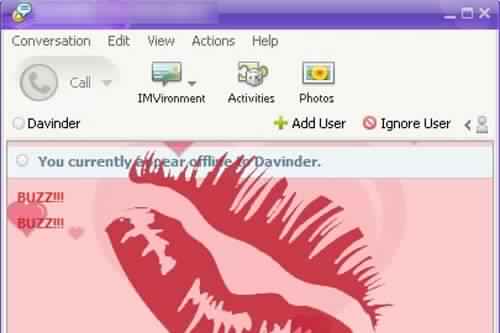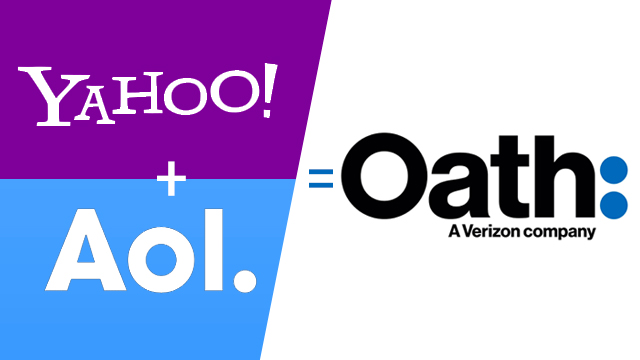Yahoo Messenger, a long-standing relic of the 2000s internet technology, has finally been shut down by Yahoo – an organization which has lost its identity following a major financial crisis over the years. Here’s a look at why Yahoo Messenger meant so much for the users who spent endless hours on this platform – trying to find everything from a life-partner to a business associate.
ASL PLS: Growing Up With Yahoo Messenger
The DING! sound of Yahoo Messenger’s ‘buzz’ continues to echo in the ears of hundreds of millions of its users. Never have three alphabets meant more for a generation than ‘ASL’ – often preceded by a ‘Hey’ and followed by a please, plz or sometimes a more stylized ‘plx’. Being a dedicated user of the Yahoo Messenger during its heydays in the mid-2000s, it is with great sadness that I write this piece. As of today, the 17th of July, 2018 – Yahoo Messenger has officially been shut down.

They may not be able to identify the hex-code #720e9e – but provide a colour pallet to any long-term Yahoo Messenger user and they would click at the exact shade of purple! Users have spent endless hours trying to get their ‘avatar’ just right! The Yahoo Messenger, with its memorable features such as IMvironments, in-chat games, the innovative and unique emojis (emoticons) – continues to stand out in the memories as a ghost of the good-old-days when the web used to be a simpler place. A true Yahoo Messenger user would still remember how to make the two-thumbs-up (:-bd), the hug (>:D<), the cowboy (<):)), etc!
You would be lying if you say you haven’t, at least once in your life, tried out the “falling hearts” IMvironment which turns the Buzz into a giant kiss on the screen!

For a generation of school and college-goers, the amount of influence you had on the class was directly proportional to the number of ladies added to your Yahoo Messenger account. Cashing in on this, Yahoo provided the users with the option to share their friend lists – allowing users to easily add all the friends from one profile to another, contributing to its viral growth. Many would swear they waited with bated breath to get an ‘add request’ approved – not moving their gaze away from the screen for hours!
The Yahoo Messenger introduced us to the concept of being ‘invisible’ while chatting. However, this led to several websites which would detect if someone was actually offline or just invisible. While the Messenger is no longer around, some of these websites continue to live in the collective memory of the internet.

Yahoo Messenger had many loyal users at the time. People who would spend several megabytes worth of data from their GPRS plans to just check and reply to the messages every few hours. Users who would use third-party applications such as Meebo to get access to the messenger. These loyal users would be hooked on to the platform – be it chatting, voice or video calls – or even to the chat rooms.
Yahoo Messenger Chat Rooms: A Love/Hate Dynamic
Yahoo’s chat rooms were not an innovative concept by any means. However, they became one of the most iconic features of the Yahoo Messenger over the years. Country-specific chat rooms, community-specific chat rooms, ethnicity-based chat rooms, orientation-based chat rooms – and at one point, you had the ability to create your own chat rooms – a feature which Yahoo (wisely) removed from the platform later. The colourful fonts and the amount of customization on their chat environment that Yahoo offered to their users was what added to the appeal of the application back then.

Yahoo’s chat rooms provided several like-minded people to get together and form friendships and communities which have outlasted the Messenger! To these groups of people who came together on this purple-and-white chat platform, the Messenger continues to be an endearing piece of nostalgia. With chat rooms, came chat-bots, spammers and hackers. Don’t you remember a message for a ‘private cam show’ offering to show you something naughty if you would click on a certain link?
The platform, while proving to be a positive influence on many – also led to a rise in what we now know as online-hate speech. Hackers and spammers, who would use ‘mic freeze’ tools and bots to gain control of the chat room would flood large chat rooms with hate-filled messages. The internet, in all its archival glory, could still lead you to a ‘toolkit’ of Yahoo Messenger spamming tools – booters, freezers, kickers and bots and whatnot! This, coupled with the rising cost of a service which had its user base on a decline – led to Yahoo shutting down its chat rooms service in late 2012.
Thank You, Yahoo!
The bell began to toll on the Messenger as it was one of the first applications that Yahoo began to downsize ever since its financial troubles began. To put things into perspective, Microsoft had made a $44 Billion bid for Yahoo in 2008 – the company ended up being acquired by Verizon for $4.8 Billion in 2016.
What followed over those eight years is quite tragic. Following several legal battles, controversial hirings and firings, and a series of strange acquisitions at a time when the company should be struggling to keep their head above the water, Yahoo managed to fail on all fronts. This led to Yahoo eventually shutting down the Yahoo Messenger chat rooms in 2012, followed by multiple attempts to re-design the Yahoo Messenger towards the final few years.

The end of Yahoo Messenger comes after a 20-year long run that spanned across three decades. For a brand which now struggles to maintain its own identity, perhaps shutting down an Instant Messaging service which now has few-thousand users left is not a bad move. The primary reason why Messenger’s popularity declined was the arrival of platforms such as Facebook and Twitter – which became absolute social media behemoths towards the late 2000s. However, the Messenger, in all its glory, would always be remembered by generations of users who experienced it in its heyday in the 2000s.
Thank You, Yahoo. I too was once a loyal user.